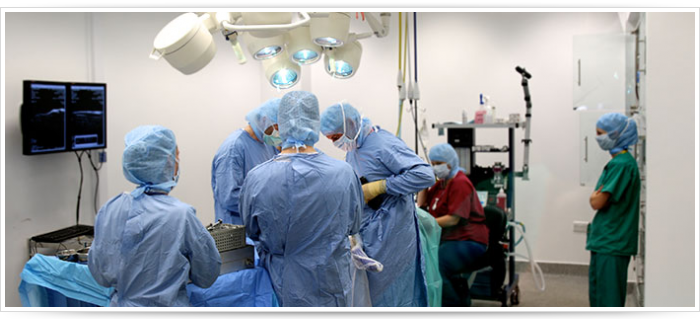8th leading cause of death is...
October 16th, 2012 at 4:46 am ESTHi Friend,

Mistakes happen- in people and with your pets.
In part that is why I strongly encourage you to be MORE active in your pet's health care.
By asking questions.
And then actually doing some BASIC treatment at home.
Such as wound care for your dog or cat.
Here is where you can start to learn the tips and techniques to do this Quickly and Easily:
http://www.theonlinevet.com/innercircle.php
-------------------------------------------------
Medical Mistakes
-------------------------------------------------
45,000 to 90,000 Americans die each year
as a consequence of medical mistakes.
Medical mistakes are the 8th leading cause of death in
the United States.
Over 50% of the medical mistakes are surgical.
Does this happen in veterinary medicine?
Yes
Do we KNOW the stats?
No
Thousands of animals likely do die EVERY year due to avoidable veterinary mistakes, but unfortunately these are typically not reported and then made public.
----------------------------------
What can be done different?
----------------------------------
Surgical Checklists
Surgical checklists are now increasingly being used with people, and a recent study by the New England Journal of Medicine highlights the DRAMATIC change:
The Use of a checklist decreased the mortality rate in surgical patients
by nearly 50%.
Surgical site infections decreased from 11.2% to 6.6%.
Blood loss volume greater than 500 mL decreased from 20.2% to
13.2%.
The University of Florida has implemented a Simple Surgical Checklist- this could easily be put in place by your local veterinary clinic.
1. Register patient: Forms completed by client and accuracy of
pet ID/tagging confirmed.
2. Blood work: Blood drawn and accuracy of pet ID reconfirmed,
with attending veterinarian/surgeon notified of
results.
3. Preanesthesia: Drug selected and dose accuracy confirmed.
4.Surgical site: Exact site/type of surgery confirmed and site
prepped and sterilized in specific sequence accordingly.
5.Timeout: Team identifies patient and confirms/reviews the
procedure before starting surgery. Instruments and supplies
are counted prior to incision.
6.Postoperative count: Instruments and supplies are counted
prior to wound closure.
7.Postoperative plan: The final steps of the patient’s recovery
are reviewed with the team.
8.Patient sign-out: The checklist is to remain with the patient
until recovery and is then kept on record.
Heal Your Pet At Home!
Best Wishes,
Dr Andrew Jones, DVM
P.S. Are checklists being used much in Veterinary medicine?
No
Vets are busy, and often resistant to 'checklists'
But consider this:
Checklists have brought to human medicine: a 50% reduction in mortality, proper timing of things like antibiotics, and avoiding ERRORS by not leaving sponges in the surgical site ( accurate sponge counts in 97% of patients)
P.P.S. If your pet can avoid surgery, great.
Know what to do at home.
Start with my Step by Step videos that you can get for only $6.97 here:
http://www.theonlinevet.com/innercircle.php
DISCLAIMER: This information is for educational purposes only and
is not intended to replace the advice of your own veterinarian.
Dr Andrew Jones resigned from the College of Veterinarians of
B.C. effective December 1 2010, meaning he cannot answer specific
questions about your pet's medical issues or make specific
medical recommendations for your pet.
PRIVACY POLICY: We will never rent, sell, loan, provide, barter,
exchange or in any way make available your personal information
to others. You can unsubscribe or change your email address at
any time using the links at the bottom of this email.
Copyright 2012 Four Paws Online Ltd.
Tel: 1-800-396-1534
Fax: 1-888-398-1378
http://www.theinternetpetvet.com
support@fourpawsonlineltd.com
